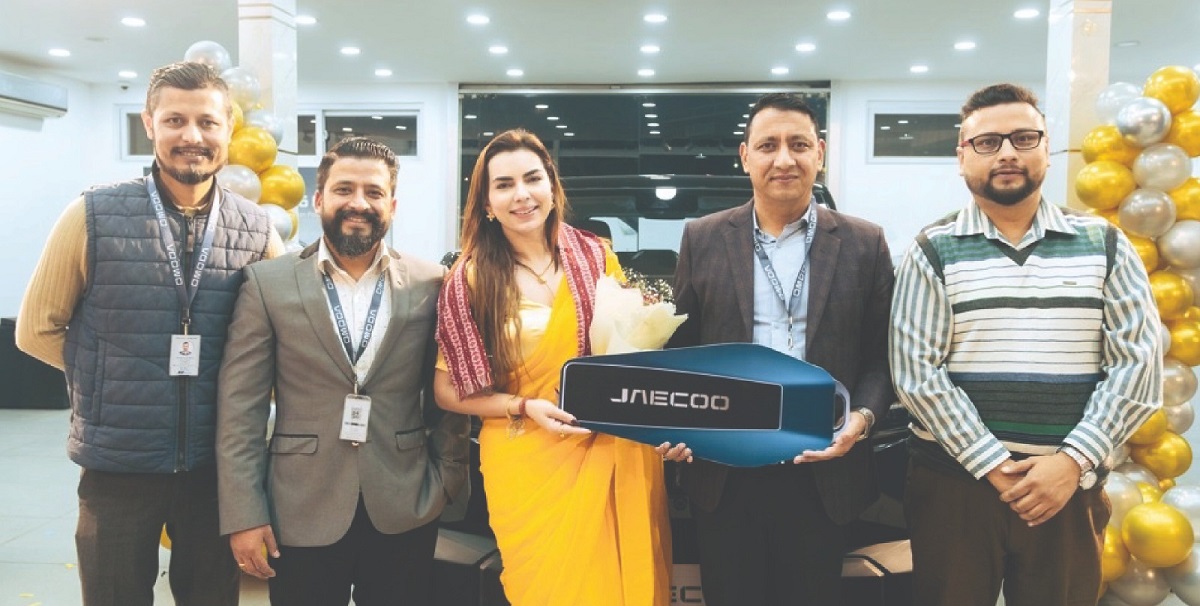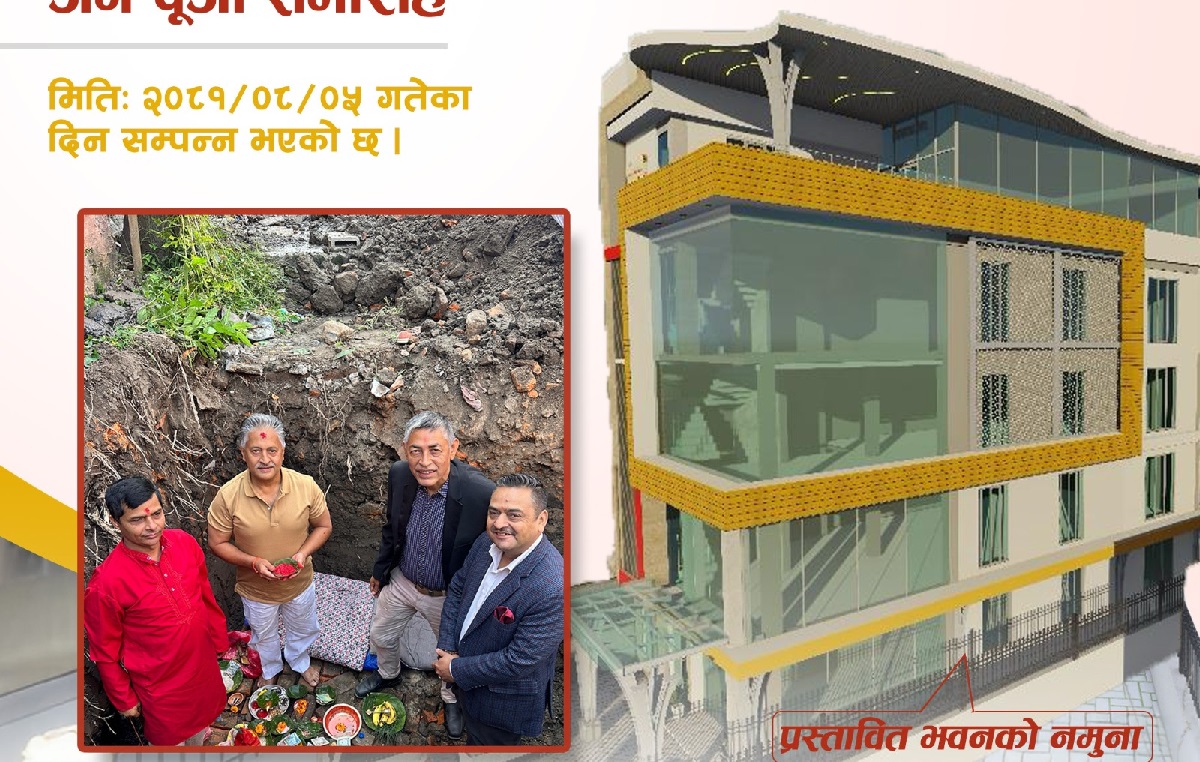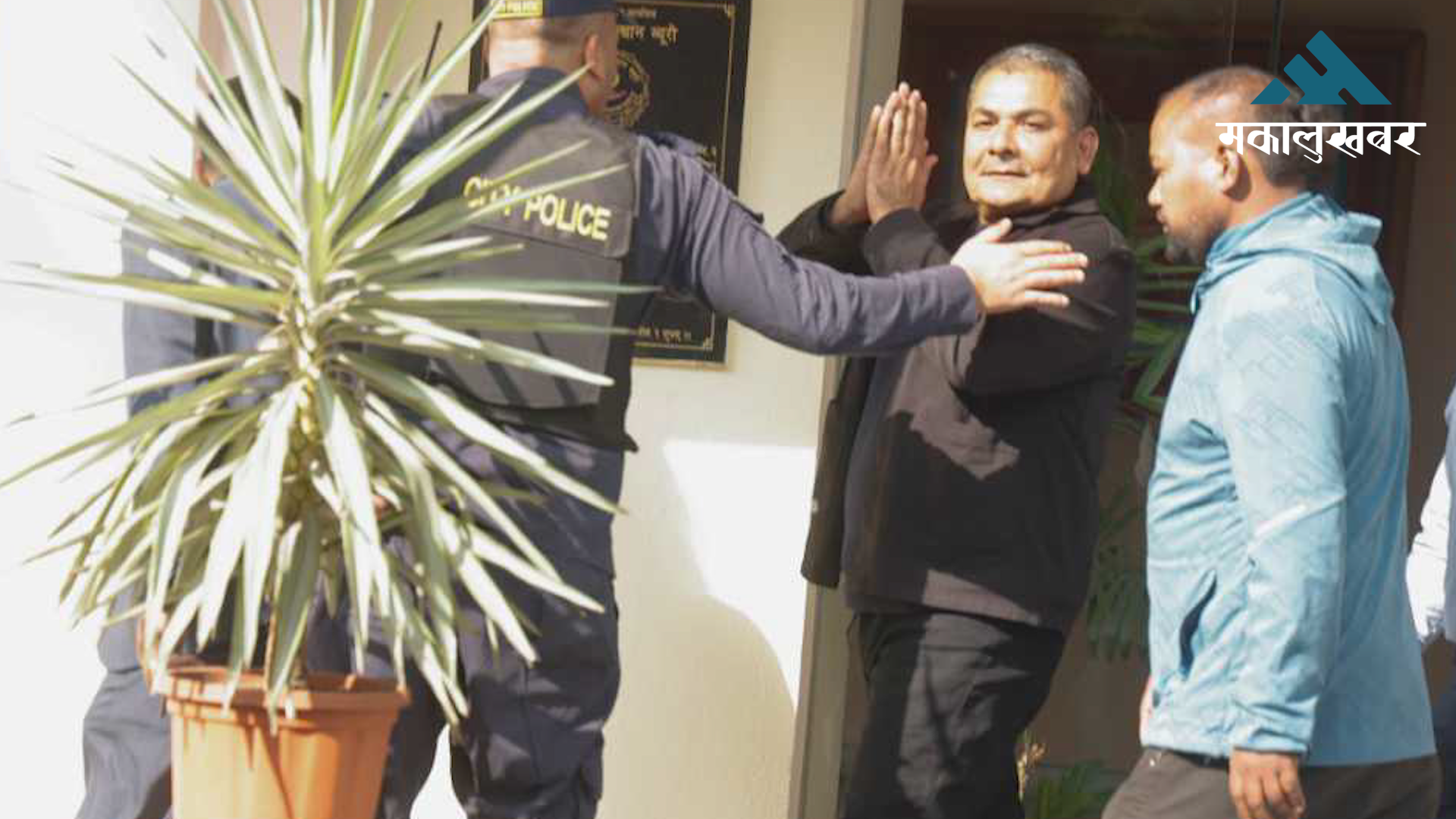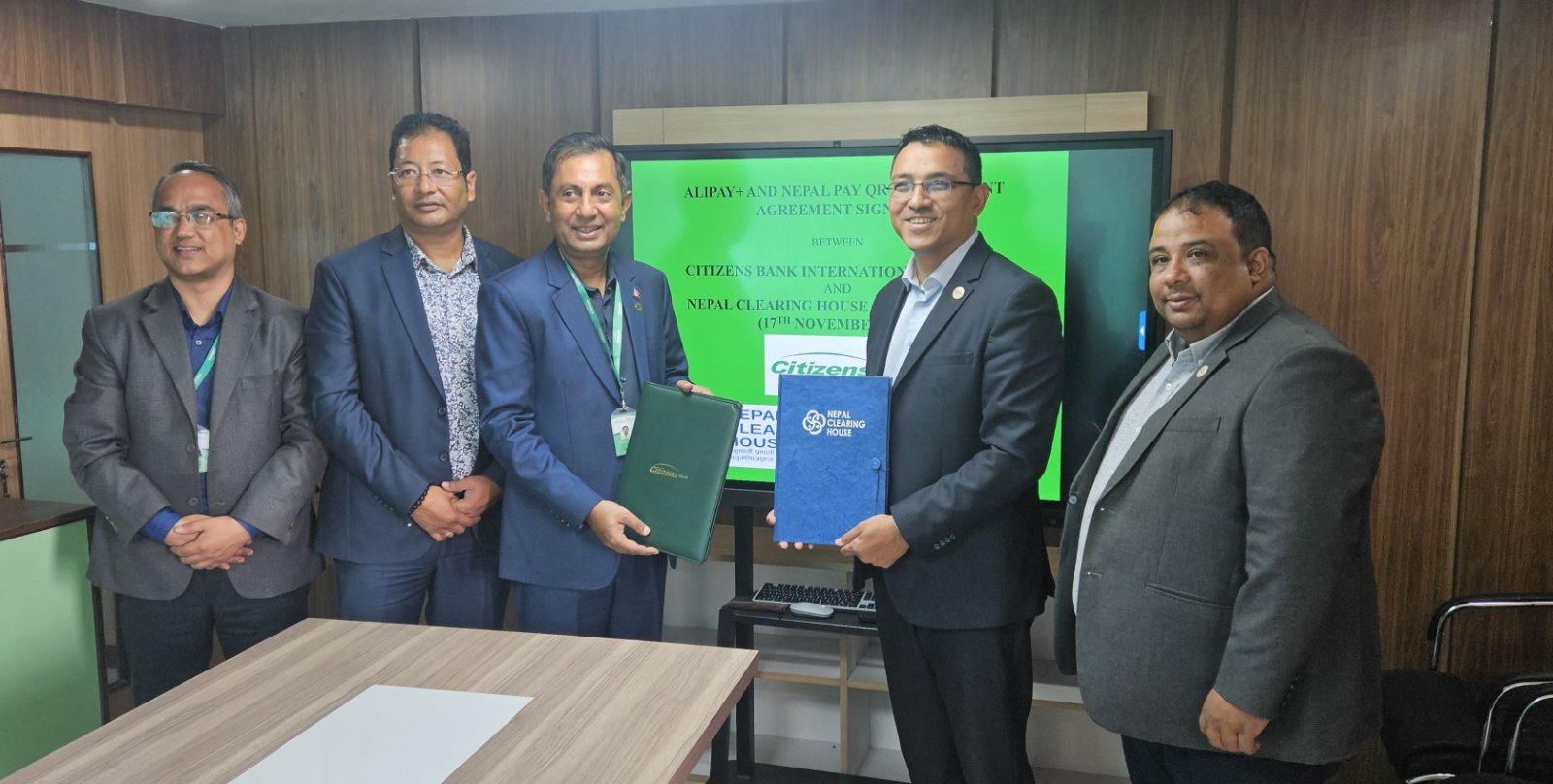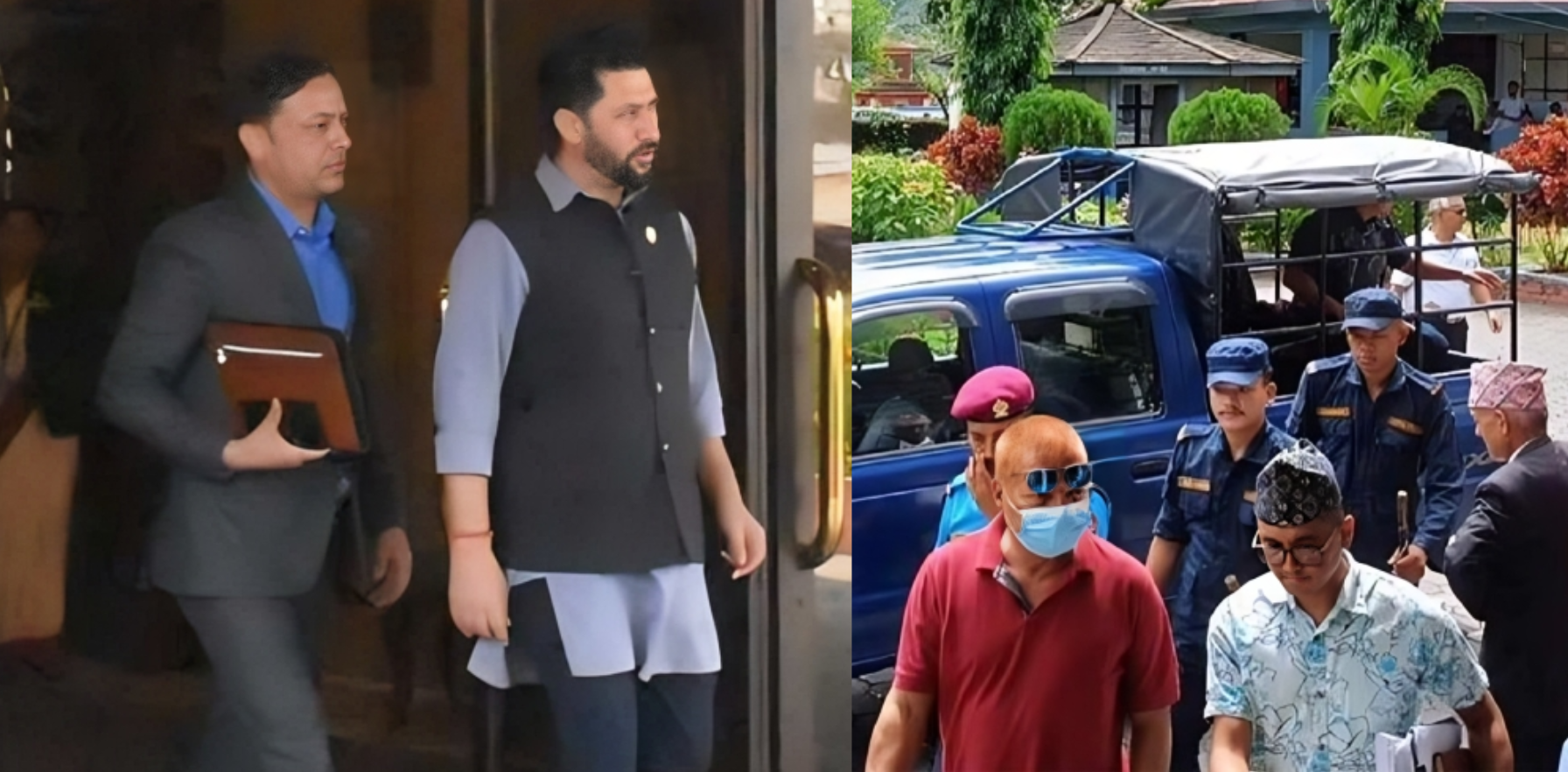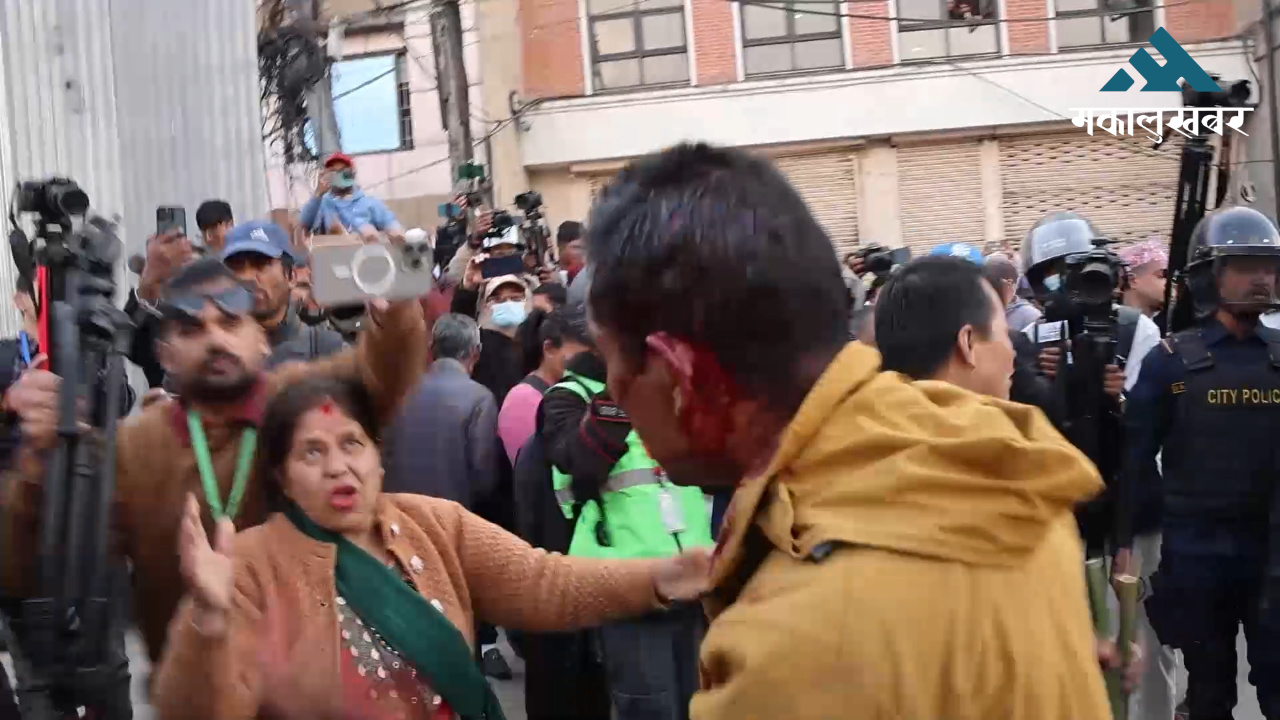Local elections in statistics
The elections will elect mayor and deputy-mayor at metropolises, sub-metropolises and municipalities; chairs and vice-chairs at rural municipalities and chairs and members at wards.
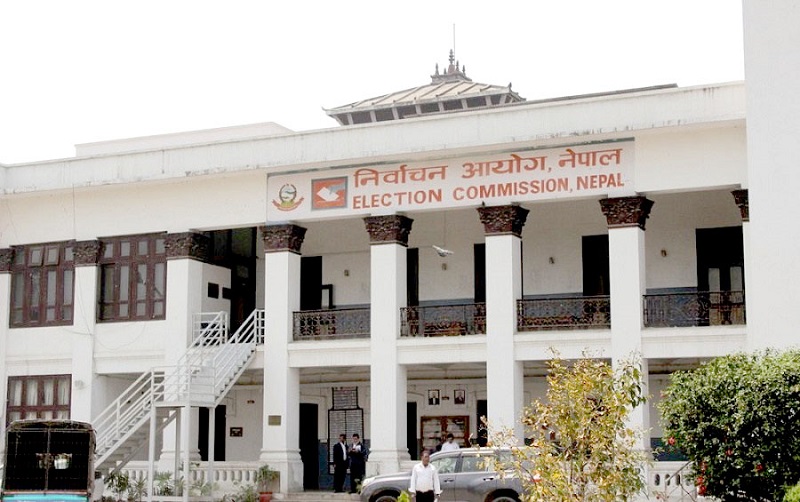
KATHMANDU: MAY. 1 – A total of 153,220 candidacies have been registered for the upcoming local level elections slated for May 13.
The nation will be holding the second local elections for six metropolises, 11 sub-metropolises, 276 municipalities, 460 rural municipalities and 6,743 wards since it entered the federal system.
The elections will elect mayor and deputy-mayor at metropolises, sub-metropolises and municipalities; chairs and vice-chairs at rural municipalities and chairs and members at wards.
According to the Election Commission, the total number of voters (completing 18 years till April 12) is 17 million 733 thousand 723. Of them, 8 million 992 thousand 10 are males, 8 million 741 thousand 530 are females and 183 are others.
Similarly, there shall be 10,756 polling stations and 21,955 polling booths.
Of the total candidates, 95,253 are males and 57,967 are females. The candidates from six political parties recognized by the Election Commission as the national-level parties are 33,503 from CPN (UML), 31,425 from Nepali Congress while 22,279 represent the CPN (Maoist Centre) and 11,330 represent the CPN (Unified Socialist). Similarly, 9,481 will be competing from the JSP and 4,761 from the Loktantrik Samajbadi Party.
The number of independent candidates stands at 12,789 while the number of candidates from 13 political parties, out of 89 registered at the EC, for the May 13 polls is nil.
As the EC said, Baigyanik Samajbadi Party, Samajik Loktantrik Party, Trimul Nepal, Miteri Party Nepal, Rastriya Bikash Party, Nepalbad, Lokdal, Nepal Aama, Samabeshi Loktantrik, Sanghiya Khumbuwan, Nepal Sukumbasi (Loktantrik), Nepal Naulo Janabad and Maoist Janamukti Party Nepal have no election candidates.
The Election Commission has put a ceiling on the election expenditures by-poll candidates. Candidates for mayor and deputy mayor in a metropolitan city can spend not exceeding Rs 750,000 each. Similarly, mayoral and deputy mayoral candidates in a sub-metropolitan city are barred from spending over Rs 550,000 each and its ward chair and member Rs 250,000 each.
Likewise, candidates for mayor and deputy mayor in a municipality cannot spend more than Rs 450,000 each and its ward chair and member Rs 200,000 each. Also, chair and vice-chair candidates in a rural municipality cannot spend over Rs 350,000 each and its ward chair and member Rs 150,000.
UML’s election symbol a sun is placed in the first row of the ballot paper coloured green this time. Similarly, NC’s election symbol a tree is in the second row, Maoist Center’s a sickle and a hammer inside a circle in the third row, JSP’s an umbrella in the fourth row, LSP’s a bicycle in the fifth row and United Socialist’s a pen in the sixth row.
So far, 9 million 111 thousand ballot papers have been supplied to 49 districts across the country, according to the EC. The transportation of ballot papers to the remaining districts is underway, it said, adding that they would be supplied to 12 districts of Lumbini Province today itself.
The transportation of ballot papers started on April 26. So far, 18 million 45 thousand ballot papers for 76 districts except for Bhaktapur and six metropolitan cities have been printed, said the EC.



